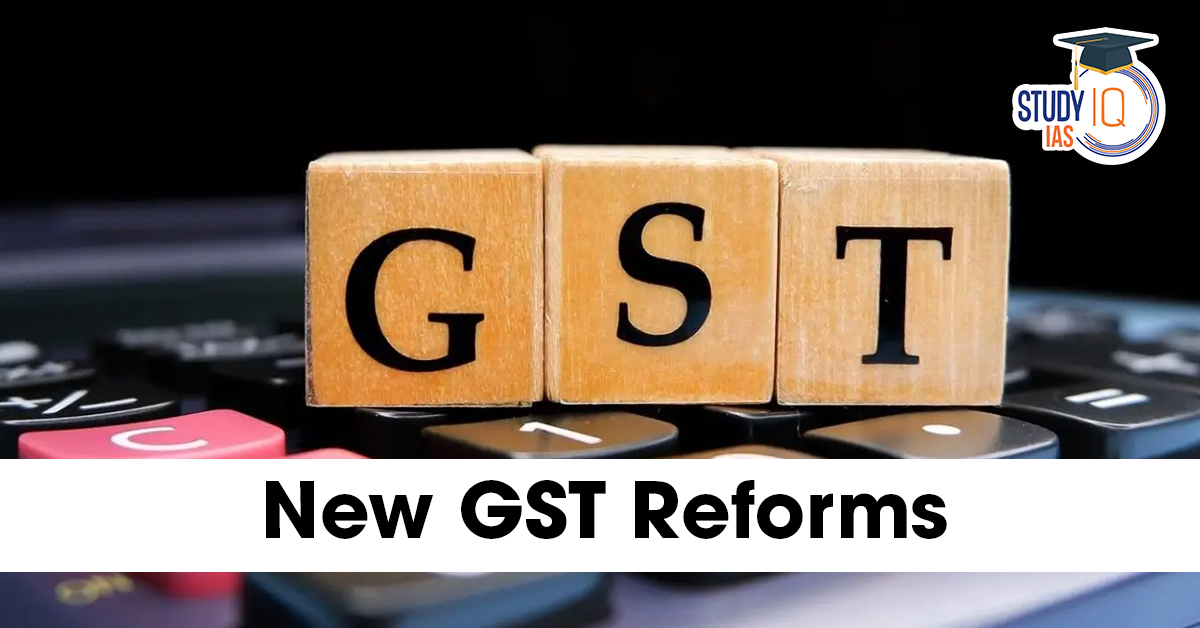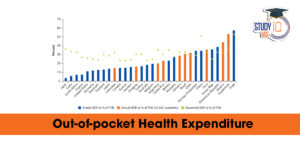Table of Contents
Context: The Centre has proposed a major GST reform by eliminating the 12% and 28% tax slabs, retaining only 5% and 18% (with a few special rates below 1% and a 40% “sin tax”), to simplify the system and boost consumption.
Recent GST Reforms in India 2025 (Proposal)
Reduction of Slabs
- Current slabs: 0.25%, 3%, 5%, 12%, 18%, 28% + cess.
- Proposed slabs: <1% (for precious stones etc.), 5%, 18%, and 40% ‘sin tax’.
- 12% and 28% slabs to be eliminated.
Reclassification of Items
- 99% of items in 12% slab → shifted to 5% slab.
- 90% of items in 28% slab → shifted to 18% slab.
- Only 5–7 items (tobacco, gutka, luxury goods) to remain under 40% sin rate.
Impact on Consumption & Revenue
- Lower rates are expected to boost consumption, reduce tax evasion, and widen the tax net.
- Although revenue may dip initially, higher compliance and consumption are likely to raise revenues later.
Relief on Aspirational Items
- Proposal to reduce GST on items like air conditioners, white goods (currently at 28%) to 18% → making them more affordable.
Ease of Compliance
- Use of technology to simplify GST registration.
- Pre-filled returns to reduce errors and mismatches.
- Faster refunds to improve cash flow for businesses.
Overall Aim
- To implement a simpler, next-generation GST system.
- Promote ease of living and ease of doing business.
- Expected to be deliberated in the GST Council meeting (Sept–Oct 2025) and rolled out within this financial year.
About GST (Goods and Services Tax)
- Introduced: 1st July 2017, replacing multiple indirect taxes (VAT, excise, service tax, etc.).
- Nature: A destination-based, comprehensive indirect tax levied on the supply of goods and services across India.
- Structure:
- CGST (Central GST) – collected by the Centre.
- SGST (State GST) – collected by the States.
- IGST (Integrated GST) – collected on inter-state supplies & imports.
- Key Features:
- “One Nation, One Tax, One Market.”
- Dual model – Centre and States share powers.
- Input Tax Credit (ITC) mechanism avoids cascading of taxes.


 Out-of-Pocket Health Expenditure, Reason...
Out-of-Pocket Health Expenditure, Reason...
 Treasury Bills (T-bills): RBI Cuts Holdi...
Treasury Bills (T-bills): RBI Cuts Holdi...
 Fisheries Sector in India, Current Statu...
Fisheries Sector in India, Current Statu...

























